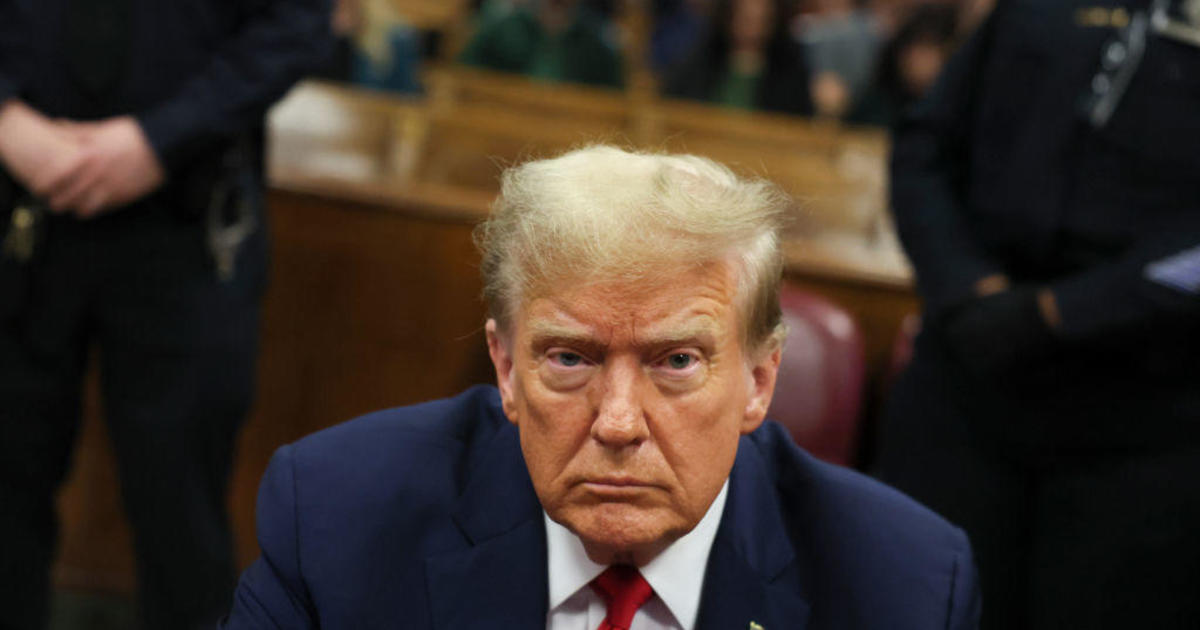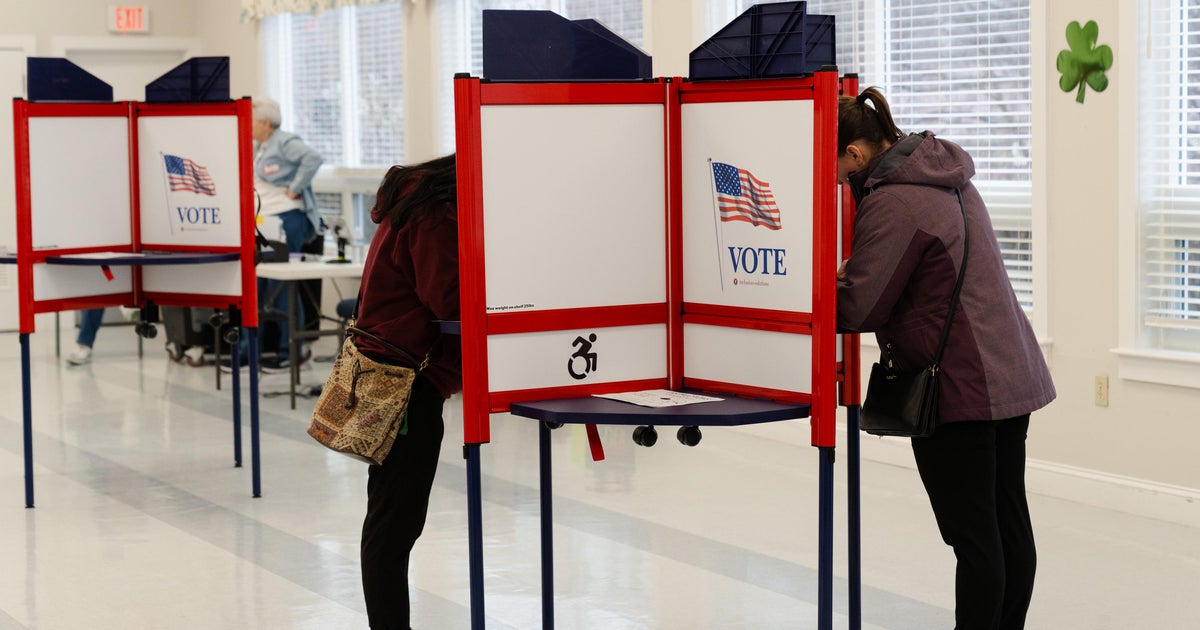Donald Trump and your wallet: Many unknowns
Everyone knows about Donald Trump’s planned crackdown on illegal immigrants, his wall on the Mexican border, his threats of stiff tariffs on China and his belief that global warming is a hoax.
But for pocketbook-oriented matters, his views are less well-known. Trump’s thoughts on issues that affect consumers are important, and given continued GOP dominance of Congress, his ideas stand good odds of becoming law.
Unfortunately, his issues papers are short on detail, and the 2016 presidential campaign was more focused on his personal traits like his alleged groping of women. Policy rarely got a hearing on the trail. So as online brokerage Charles Schwab told clients Wednesday: “How President Trump will govern is a huge wild card.”
Trump has a penchant for changing his mind. He altered his blueprint for revamping the tax code at least three times. He once praised Federal Reserve Chair Janet Yellen and now vilifies her. With few specifics, he has called for cutting federal domestic spending, except for defense, which he wants to beef up.
What about Social Security, the monster entitlement program projected to run out of money by 2034 as it doles out ever more benefits to a growing horde of retiring baby boomers? He doesn’t favor cutting payouts, but has said little more on the subject.
Still, from what he and advisers have said, and close observers have seen, we can fill in some of the blanks in four areas crucial to people’s wallets, although a number of particulars remain murky:
Taxes. This is one area where Trump has released a detailed schematic, much of it borrowed from House Speaker Paul Ryan, the Wisconsin Republican who specializes in fiscal matters. But it’s still short on deep analysis. The president-elect seeks to simplify the income tax code by reducing the current seven brackets to three, would scrap the estate tax and the alternative minimum tax, and lower the corporate tax rate to 15 percent from 35 percent.
While everybody would get an income tax break, the biggest windfall goes to the wealthy. People on the lower end of the income scale would get $97 per year, while the top 1 percent would enjoy a $135,460 reduction, the Tax Foundation research group estimates.
What remains fuzzy is how he would pay for this epic tax plan and how sustainable it is. Mainly due to his tax cut, the Committee for a Responsible Federal Budget calculates the federal debt would balloon by $5.3 trillion in 10 years (it’s $19.3 trillion now).
Nevertheless, Trump told The Washington Post in April that he would eliminate the federal debt in eight years. He claims, with scant elaboration, that his tax slashing would touch off an economic boom and expand federal revenue enormously. The CFRB and other nonpartisan study organizations are skeptical.
Finance industry curbs. In the wake of the 2008-2009 financial crisis, President Barack Obama enacted new legal strictures intended to curb Wall Street excesses widely blamed for the meltdown. Trump casts himself as a Wall Street foe and complains that financial sharpies milk average people of their wealth. Yet he also wants to scrap a host of regulations, including those affecting the financial services sector.
Some of his stances are contradictory. On the one hand, he would scrap the Dodd-Frank law, which among other things requires banks to maintain a sizable capital cache as a buffer against market wipeouts and forbids them from entering into risky endeavors such as trading for their own accounts.
On the other hand, Trump wants to reinstate the defunct Depression-era Glass-Steagall Act, which separates commercial and investment banking, somewhat like what Dodd-Frank aims for.
True, a Glass-Steagall reprise seems like a regulatory imposition that Republicans loathe. But a Cowen & Co. note pointed out that the act’s comeback is likely because of its populist appeal, saying it’s “the one issue that unites the far right and the far left.”
In addition, Cowen expects one of Dodd-Frank’s prime features, the Consumer Financial Protection Bureau, a bete noir of the right, to live on -- albeit in a restrained form, subject to congressional appropriations, which would make it beholden to politicians on Capitol Hill.
Thus, the CFBP would be less likely to police financial firms with vigor. Now, the agency is funded from Federal Reserve funds via a fixed formula. Several surveys have found the CFPB to be broadly popular among Americans. Trump himself has voiced no opinion on the bureau.
A more probable casualty of the Trump administration would be the U.S. Labor Department’s fiduciary rule, requiring financial advisers to place clients into retirement accounts that are best for them, not the ones that pay advisers the fattest fees.
“We’re going to repeal it,” Anthony Scaramucci, a hedge fund manager on the Trump campaign’s finance committee, told Investment News. “It could be the dumbest decision to come out of the U.S. government in the last 50 to 60 years.” The new rule kicks in next April.
Interest rates and the Federal Reserve. Trump thinks the Federal Reserve should step up its schedule to boost short-term interest rates. He has said Fed Chair Yellen, an Obama appointee, has kept rates “artificially low” at the president’s behest, presumably to help Hillary Clinton’s candidacy. Yellen “should be ashamed of herself,” Trump told CNBC in a September interview.
The Fed has maintained a low-rate policy since the financial crisis in a bid to spur business and personal investments. It has raised its benchmark rate only once since then, by a quarter-point last December, and it has backed off previous plans for as many as four hikes in 2016. A second increase is widely expected next month.
Yellen’s term is up in January 2018, giving Trump the opportunity to put in a more dedicated devotee of higher rates. Some think that he might pressure her to leave sooner.
In a missive to clients, Pantheon Macroeconomics chief economist Ian Shepherdson said the Trump campaign believes eight years of rock-bottom rates have harmed the economy. According to Shepherdson, the Trump team contends that the low-rate regime has ”promoted a bubble in the stock market, depressed the incomes of savers, scared the public and encouraged capital misallocation.”
Health care. A key part of Trump’s program is to repeal Obamacare, which he derides as an unworkable mess burdened with climbing premiums and limited doctor choices. A Republican majority in both houses of Congress makes axing the Affordable Care Act a strong likelihood. He seeks to replace it partly by letting people deduct health insurance premiums from income taxes. Also, he wants to enhance insurance choices by permitting carriers to sell policies across state lines.
The almost 20 million people covered under the ACA presumably would lose coverage, and no one knows whether Trump’s proposed replacement would actually keep all or any of them insured.
Also likely to die in an Obamacare repeal are the act’s most popular provisions -- mandating that people under 26 can stay on their parents’ health plans and forbidding insurers from turning down those with preexisting medical conditions. Some GOP lawmakers have said, however, that they will keep those measures in place.
With Congress remaining under Republican control, Trump has a good chance of seeing his ideas become law in 2017. “This is the kind of unified government we set out to deliver,” Speaker Ryan said in a news briefing, after conferring with Trump to plan legislative goals. “We’re going to hit the ground running.”
Where they end up going remains to be seen.



